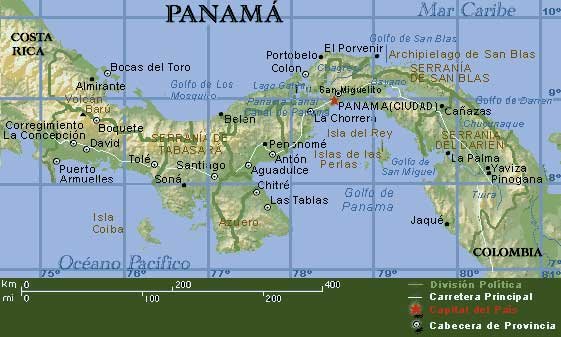The beauty below is a big beetle...note Kevin´s fingers to the right.
We have seen kids with beetles (the big ones that don´t sting) tied to string and used as toys...it is fun for the kids to watch them fly in circles at the end of the string. THere are lots of beatiful beetles here of all different sizes and colors.

The below is a photo from inside our future home. I believe that the insect is a type of spider that has addapted it´s front legs in to claws (look carefully at the lower end of the body. it also has VERY (6" or so) long antenna that it swings in all directions. WHen taking this photo it touched the camera and scurried away. Scary looking but not harmful to people.
You knew that there had to be a roach photo or two...so here they are. The lovely speciment below left that looks armored is special. We have been told that he eats scorpions and other roaches. I really want to put on in a bottle with a scorpion and see what happens. I will belive it when I see it...but everyone else believes it enought to not kill it which is saying something. The other roach is your run of the mill giant roach....both of these measured around 4" long....and have been known to get bigger. Yes, we have your normal small and medium roaches too...but by comparison those are just borring. 


This was easily the biggest grasshopper type insect I have EVER seen. Let me give you a sence of scale...the leaves in this photo are a coconut palm...each blade is a tad over an inch wide. I estimate that this beauty was 6" or so long.
 I have seen a plethera of caterpillars. Panama has around 10,000 species of leperdoptra (butterflies and moths) so the variety of caterpillers is astounding. Some of them sting, some don´t, unfortunatly almost all are killed on site by the people who live here. The photos below show the two most amazing caterpillars I have seen here.
I have seen a plethera of caterpillars. Panama has around 10,000 species of leperdoptra (butterflies and moths) so the variety of caterpillers is astounding. Some of them sting, some don´t, unfortunatly almost all are killed on site by the people who live here. The photos below show the two most amazing caterpillars I have seen here. The green one is next to a normal pencil for scale and was easily bigger around than my thumb. Note the hairlike spikes...I be this one stings (I didn´t test that theory). The yellow one is completly covered in inch long hairs....very interesting. Over all he was 4 inches long. I didn´t test to see if he stings either, not willing to suffer too much for my readers. ;)


I mentioned that Panamanians tend to kill caterpillars on site. Sometimes they have a good reason. The butterfly below lays eggs on the maracua (passion fruit) plant at my host family house. The resulting caterpillars have eaten almost all of the leaves on the plant and stopped it from developing the fruit to maturity. In the photo below I am testing garlic, onion, soap, tabasco, and a local natural plant extract to find out in a natural repellent works on the caterpillars. Hey, I don´t wan to kill them...but I do want some passion fruit fresh off the vine!



Lastly, I got to watch a praying mantis lay her eggs. About 30 days later they hatched...about 40 of them....they were all over the frount house window. They were soo small and beautiful. Praying Manis eat other insects of all types, so they are one of my favorites. These babies were so small that when they jumped off of my hand they just floated to the ground. They were also very fast...so moving them to local plants rather than the open windows was a challenge....but the little girl in the host family helped me. To give you a sence of size...the baby mantis in this photo is sitting on my chaco sandal strap...which is only about 3/4 inch wide.










